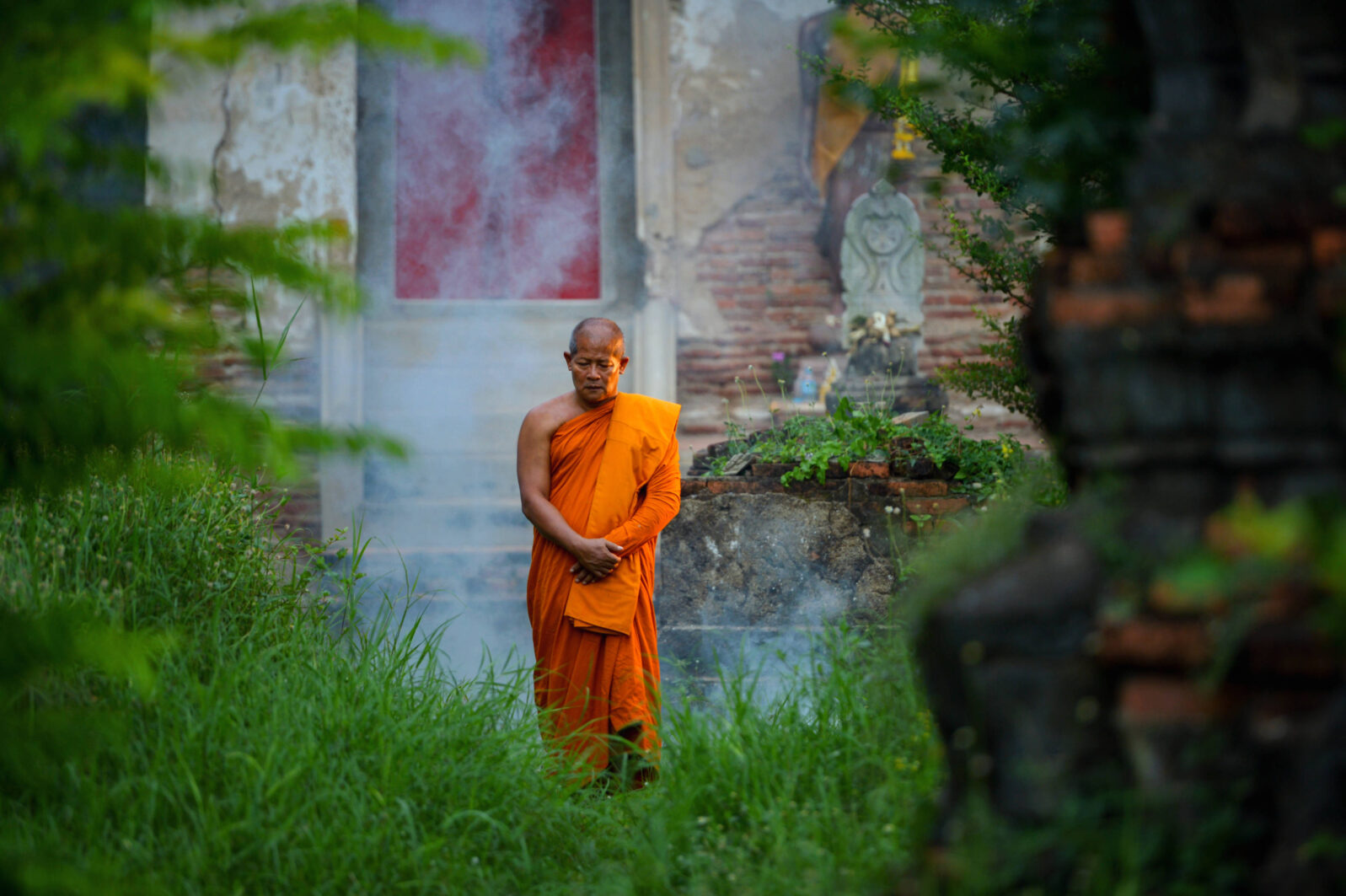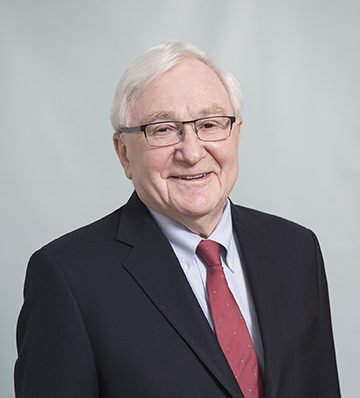Tibetan Monks Can Change Their Metabolism
Far from disproving it, science has documented itThe title of the article says it all: “How a scientific attempt to demystify Buddhist meditation yielded astounding results”
Astounding? For decades, claims that meditating Buddhist monks could greatly raise their temperature or slow their metabolism were assumed to be exaggerations that would yield to a scientific explanation.
The claims did yield to a scientific explanation. The scientific explanation turned out to be that the monks can do exactly that:
UK filmmaker Russ Parizeau has produced a feature documentary, Advanced Tibetan Meditation: The Investigations of Herbert Benson (trailer here), detailing the investigation and its results.
In 1981, Herbert Benson, a cardiologist at Harvard Medical School, set out to study the ancient meditation practices of Buddhist monks on the Tibetan Plateau. With the Dalai Lama’s blessing, Benson spent roughly a decade in remote regions of the Himalayas in northern India researching an especially intense technique known as tummo, as well as the physiological effects of other advanced forms of meditation. Rather than debunking the seemingly tall tales of advanced practitioners capable of raising their body temperatures to dry cold, wet sheets around their bodies, Benson’s work actually confirmed and expanded upon these anecdotes. In particular, by tracking vital signs and body-heat output during meditation sessions, Benson found that these monks possessed remarkable capacities for controlling their oxygen intake, body temperatures and even brainwaves.
“How a scientific attempt to demystify Buddhist meditation yielded astounding results” at Aeon
Benson’s 1982 findings (paywall), first published in Nature, were corroborated in 2000 (Neuroreport, open access) and again, independently in 2013 (PLOS, open access) by researchers who took the opportunity to disparage the “legend” that had grown up around the claims.
The reality would seem to make legend superfluous in any event.
From the soundtrack of the trailer:
Within certain parameters the human body is very good at regulating its own temperature. However, when the surrounding temperature falls below a certain critical point, the human body reacts by lowering blood flow to its extremities in order to conserve heat for the body’s essential core functions. Taken to the extreme, the body is prepared to sacrifice fingers and toes to frostbite. Ifthat;s what it takes to stay alive. These Tumjo monks Seemed to function according to a different set of rules. In a cooled, cold environment and in a state of relaxation where skin temperatures would normally be going down, the team observed just the opposite. The team observed increases in fingers and toes of 16 to 17 degrees Fahrenheit (8-9 degrees Celsius)…
In a startling development, the brain wave tracings indicated that instead of being in a slow calm alpha state, which had been observed in meditators in the West, this monk showed marked asymmetry in alpha and beta wave activity between hemispheres. That’s to say, one part of his brain was in calm meditation while the other hemisphere showed a more active beta state, a state of high mental stimulation. What’s more, measurements of his oxygen consumption were cause for concern. After ruling out air leaks in the system or defective equipment, attention turned to the monk himself. It soon became apparent that this monk was breathing at an extremely low rate, 6 to 7 breaths per minute. It was established that during his stabilization meditation, it was a decrease in metabolism of 64 percent from rest. Never before had such a decrease been documented. Decreases of metabolism during sleep have been seen from a range of 10 to 15%, during simple meditation 17%. 64% was truly remarkable.
And what about drying wet towels with body heat in a cold room? As described in the Harvard Gazette 2002:
In a monastery in northern India, thinly clad Tibetan monks sat quietly in a room where the temperature was a chilly 40 degrees Fahrenheit. Using a yoga technique known as g Tum-mo, they entered a state of deep meditation. Other monks soaked 3-by-6-foot sheets in cold water (49 degrees) and placed them over the meditators’ shoulders. For untrained people, such frigid wrappings would produce uncontrolled shivering. If body temperatures continue to drop under these conditions, death can result. But it was not long before steam began rising from the sheets. As a result of body heat produced by the monks during meditation, the sheets dried in about an hour. Attendants removed the sheets, then covered the meditators with a second chilled, wet wrapping. Each monk was required to dry three sheets over a period of several hours.
William J. Cromie, “Meditation changes temperatures ” at Harvard Gazette
It’s helpful to keep in mind that these influences of the mind on the body are not considered to be occult; certainly, no such claim is made by the researchers. Rather, the phenomenon has something in common with the everyday placebo effect, by which we start to recover from a minor illness when we think we are getting better—even if the medication given is a placebo—a sugar pill. The pill starts the healing process by spiking our psychology.
The placebo effect demonstrates the power the mind can usually exert over the body. New medications proposed for licensing are not tested against placebos because placebos don’t work but precisely because they do. Researchers must disentangle the psychological “new medicine” effect from the physiological effects the chemicals produce.
Herbert Benson has also studied the placebo effect professionally. He told Gail Harris at PBS (1998), “Your thoughts can have enormous power. You can actually be chased by someone or dream you’re being chased, and the reaction will be the same because it’s a reality in your brain. We could take advantage of that, and by appropriately believing in what can heal, we can remember those patterns in our brain and turn on remembered wellness.”
In any event, theories of mind according to which the mind is either an illusion created by the brain or powerless to seriously affect the body are naturally challenged by such findings.
Note: The Tibetan Research of Herbert Benson MD from Russ Pariseau is available on Vimeo.
Further reading: Yes, the placebo effect is real, not a trick. But the fact that the mind acts on the body troubles materialists. Such facts, they say, require revision.
and
Do we actually remember everything? Neuroscience evidence suggests that our real problem isn’t with remembering things but finding our memories when we need them. One of a pioneer neurosurgeon’s cases featured a patient who could, unaccountably, speak ancient Greek. The explanation was not occult but it was surely remarkable for what it shows about memory.

